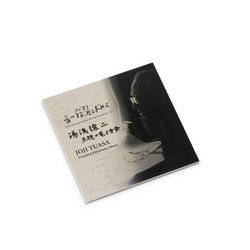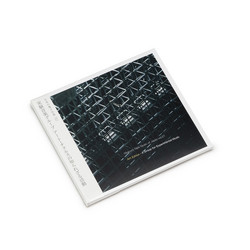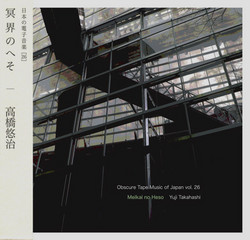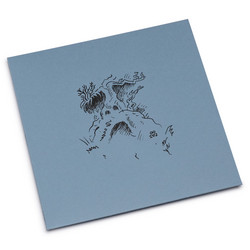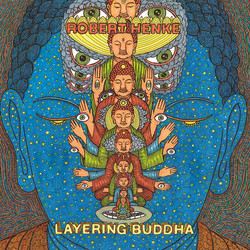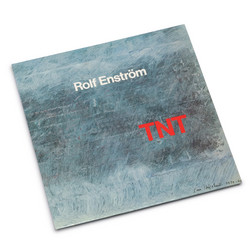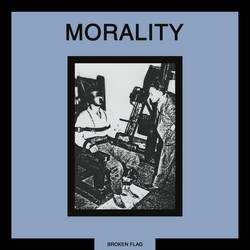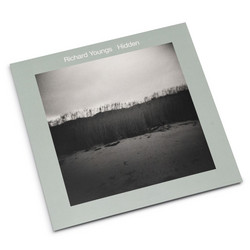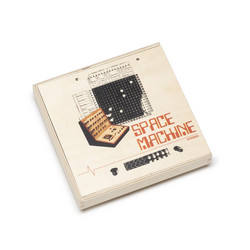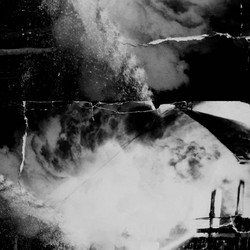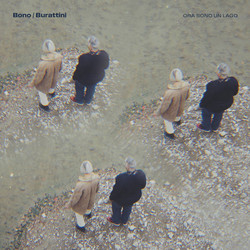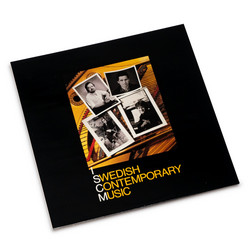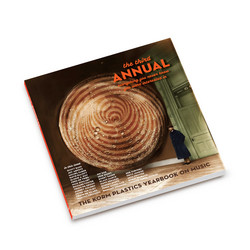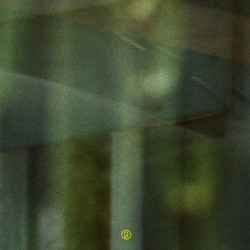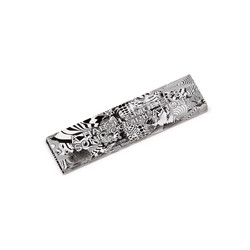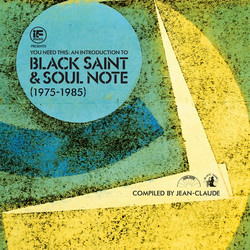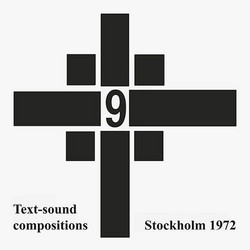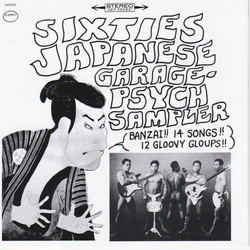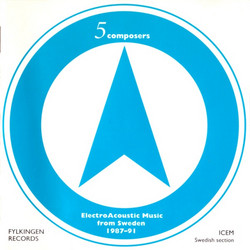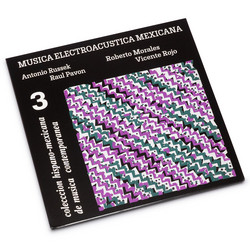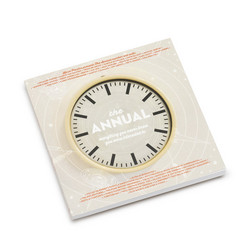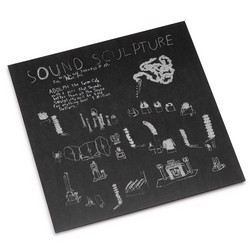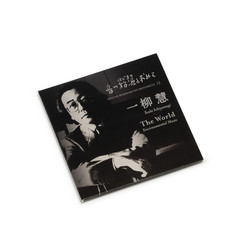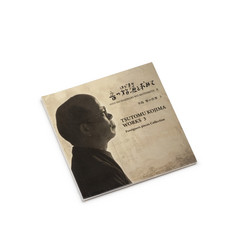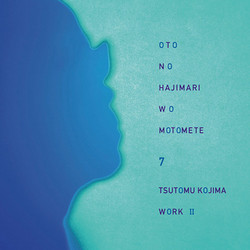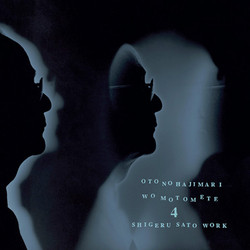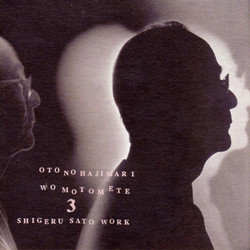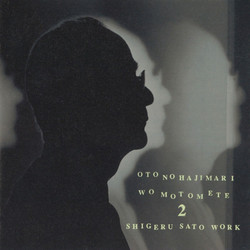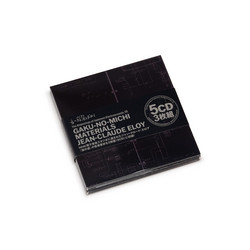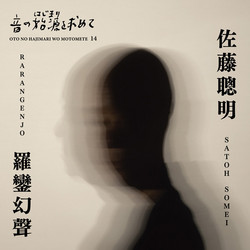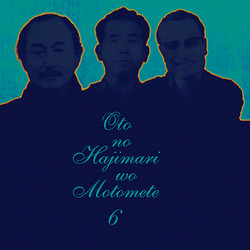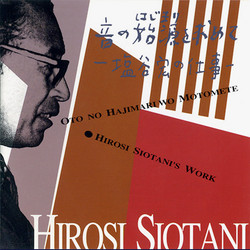1
File under: NHK Studio
The fifth in this superb series covering historical Japanese electronic music from the Nhk studios, the first covering pieces engineered by Tsutomu Kojima (prior volumes dealt in pieces assisted by Shigeru sato and Hirosi Siotani) highlights herein include Jo Kondo’s “never return” (harsh/psychedelic vocal/piano cutups from 1971 !!!), Hifumi Shimoyama’s fumon iv a, and oto no hajimari wo motomete perennial Joji Yuasa’s my blue sky.
- 1. “Beyond the Clouds” Keiki Okasaka
- A work was intentionally made to create organic, human-sounding sounding electronic music using electronic sound materials that usually had an inorganic cold impression.
- 2. “My Blue Sky” Joji Yuasa
- The sine wave is gated, and expressive power is mainly pursued using beat sounds that are induced by the synchronization shift that occurs when the gate period, gate width, and the frequency of the original sine wave are changed.
- 3. “Never Return” Joe Kondo
- Using ring-modulated concrete sounds such as voice, piano sound, and existing music, this work is characterized by accidentally when operating the 1/3 oct. filter for sound editing.
- 4. “Music for Tapes” Sesshu Kai
- Aiming to create a work that was not like a simple electronic sound at that time, I wanted to use synthetic sounds that resembles that of ethnic musical instruments. This was achieved by selecting several African wind and percussion instruments and creating electronic sounds that mimic those sounds.
5. “Requiem” Katsuhiro Tsubonou- In the studio, each instrument was changed electronically to produce a clear sound at a large level as long as it is not distorted by changing the strength and pitch of each instrument, and sound that was processed with ring modulation and filters for white noise was used.
- 6. “Fumon IVa” Hifumi Shimoyama
- This work consists of a tape part as electronic music made by two parts: Electronically processing electronic sound parts and percussion performance parts, using Tsugaru shamisen, statements, and monk readings.
Details
File under: NHK Studio
Cat. number: OUOADM 0701
Year: 2008
Notes:
These pieces were recorded between 1963 and 1973 at the NHK electronic music studio, Tokyo. Includes 12-page booklet with liner notes in Japanese.
